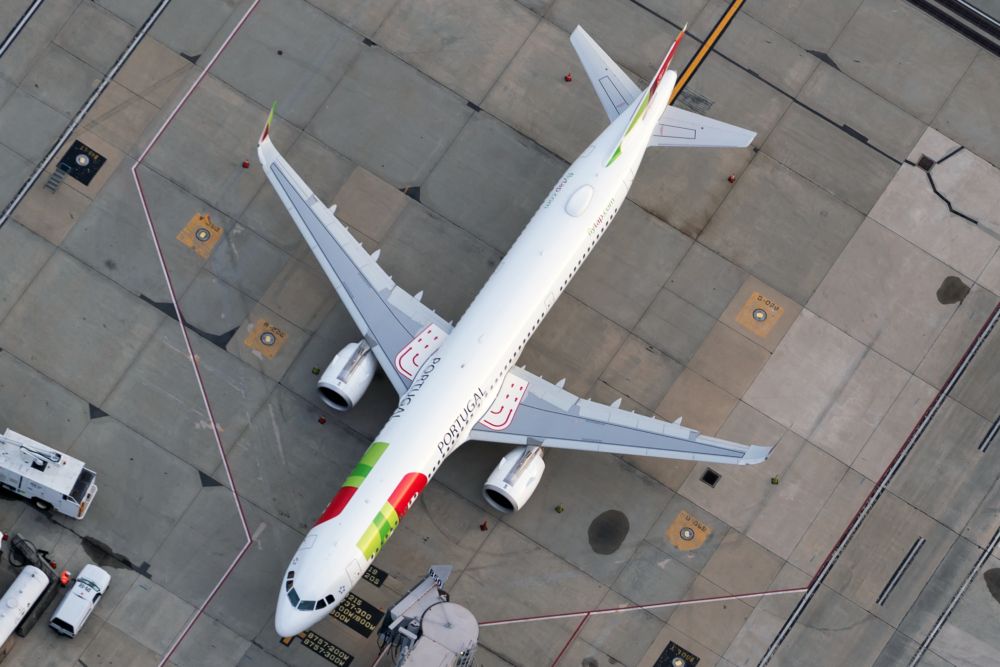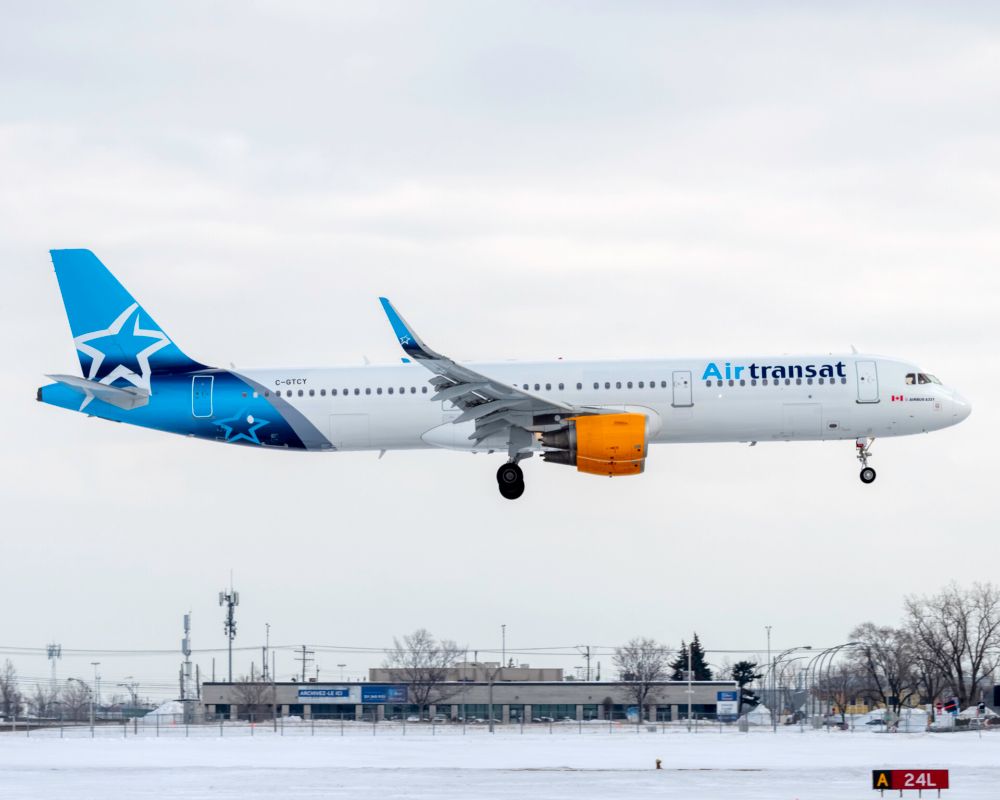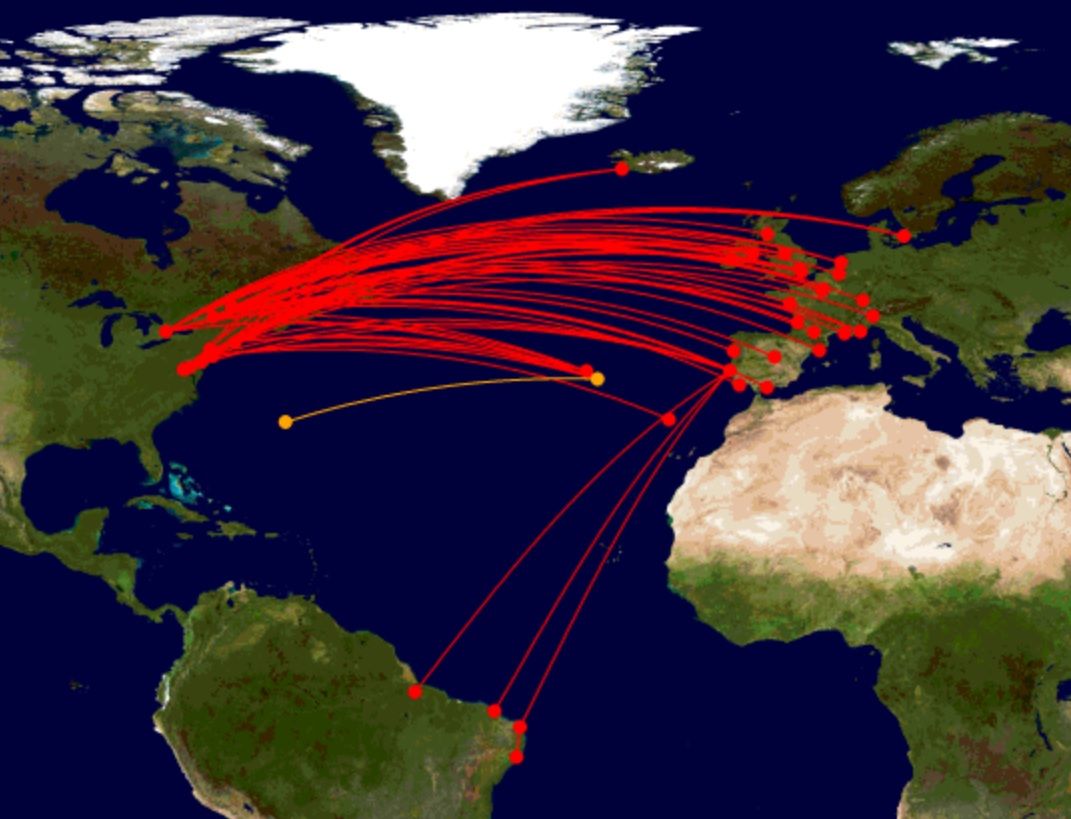The A321 is overwhelmingly the dominant narrowbody aircraft across the Atlantic. According to the latest OAG data, it has approximately 7,238 non-stop departures from Europe to North and South America this summer, running between March 27th and October 29th. There are an average of 34 daily outbound flights. (Double for both directions.)
Now 5 in every 100 departures
While over 7,000 might seem a lot, it means the A321 has a mere 4.7% of the total transatlantic departures planned across every type. Still, the Airbus narrowbody has twice as many departures as the B757-200 and more still than the most popular B737 MAX variant. That's despite Air Canada using the MAX 8 on more European routes and WestJet expanding service by the variant.
- A321: 7,238 summer departures (51.6% of the narrowbody market)
- B757-200: 3,343 (23.8%)
- B737 MAX 8: 2,735 (19.5%)
- B737 MAX 9: 404 (2.9%)
- B757-300: 293 (2.0%)
Spare a thought for the increasingly beleaguered B757, once the mainstay of long-haul narrowbody service from a lack of alternatives. While it has over 3,300 departures, that's barely 30% of the 11,000 or so it had a decade ago. And it'll reduce significantly in the next few years as Icelandair replaces its examples with more fuel-efficient alternatives.
Stay aware: Sign up for my weekly new routes newsletter.
Eight A321 users
This summer, eight airlines have scheduled A321 flights between Europe and North and South America, as detailed below. Canadian leisure airline Air Transat has more than any other, helped in a small way by the inauguration of Québec City to London Gatwick.
- Air Transat: 1,706 (23.6% of A321 departures)
- Aer Lingus: 1,650 (22.8%)
- TAP Air Portugal: 1,599 (22.1%)
- Azores Airlines: 535 (7.4%)
- PLAY: 503 (6.9%)
- La Compagnie: 435 (6.0%)
- JetBlue: 434 (6.0%)
- SAS: 376 (5.2%)
PLAY stands out, with newly announced Orlando joining Baltimore, Boston, and Stewart. And SAS inaugurated its first regular A321LR route, from Copenhagen to Washington, on February 4th. A few days later, it confirmed that Toronto would be served from Copenhagen and Stockholm, using the narrowbody. However, it has since pulled the Canadian city, with data not included in the above numbers.
The A321 is on 63 non-stop routes
According to OAG, some 63 non-stop routes are scheduled to operate, rising to 64 if TAP's Maceió service, via Natal, is added. But it's not TAP with the most routes: Air Transat does. It has 26, followed jointly by TAP and Azores Airlines (nine), Aer Lingus (eight), PLAY (four), La Compagnie and SAS (three), and JetBlue (two).
Lisbon to Newark has more departures than any other airport-pair. It is followed in order by Dublin-Washington, Dublin-Toronto, Lisbon-Toronto, Lisbon-Boston, Lisbon-Montréal, London Gatwick-Toronto, Lisbon-Washington, and Paris Orly-Newark. Not surprisingly, Lisbon and Dublin combined have about four in every ten A321 departures across the Atlantic.
My favorite: Ponta Delgada to Bermuda
Ponta Delgada to Bermuda is my favorite A321 route. It isn't just because it's the shortest across the Atlantic, at 2,224 miles (3,580km). Nor that it falls 776 miles (1,249km) short of being considered long-haul or that it's only the second route between Bermuda and Europe.
It is also not simply because there are just 13 round-trips between June 21st and September 13th, with a Tuesday-only service. Or that it operates during the day, leaving Ponta Delgada at 08:00 and arriving home at 19:10 the same day, helped by aircraft having no crew rest and the once-weekly frequency.
It's also because it appears pretty random. However, the market has had charter flights in previous years, and booking data shows that over 6,000 flew it indirectly in 2019, mainly connecting in Boston. It is seemingly driven by a sizable community of workers from the Azores in Bermuda, with peak demand for travel in the summer (and also Christmas).
The route launched in 2021, mainly due to the difficulty of traveling via the US during COVID. Booking data shows the non-stop had about a 73% seat load factor. It must have done sufficiently well relative to expectations to warrant returning, especially with things increasingly returning to normal. Economy fares this summer are often $700-$800 return.
Have you flown the model long-haul? Share your experiences in the comments.
With thanks to Pedro Castro.



.jpg)
